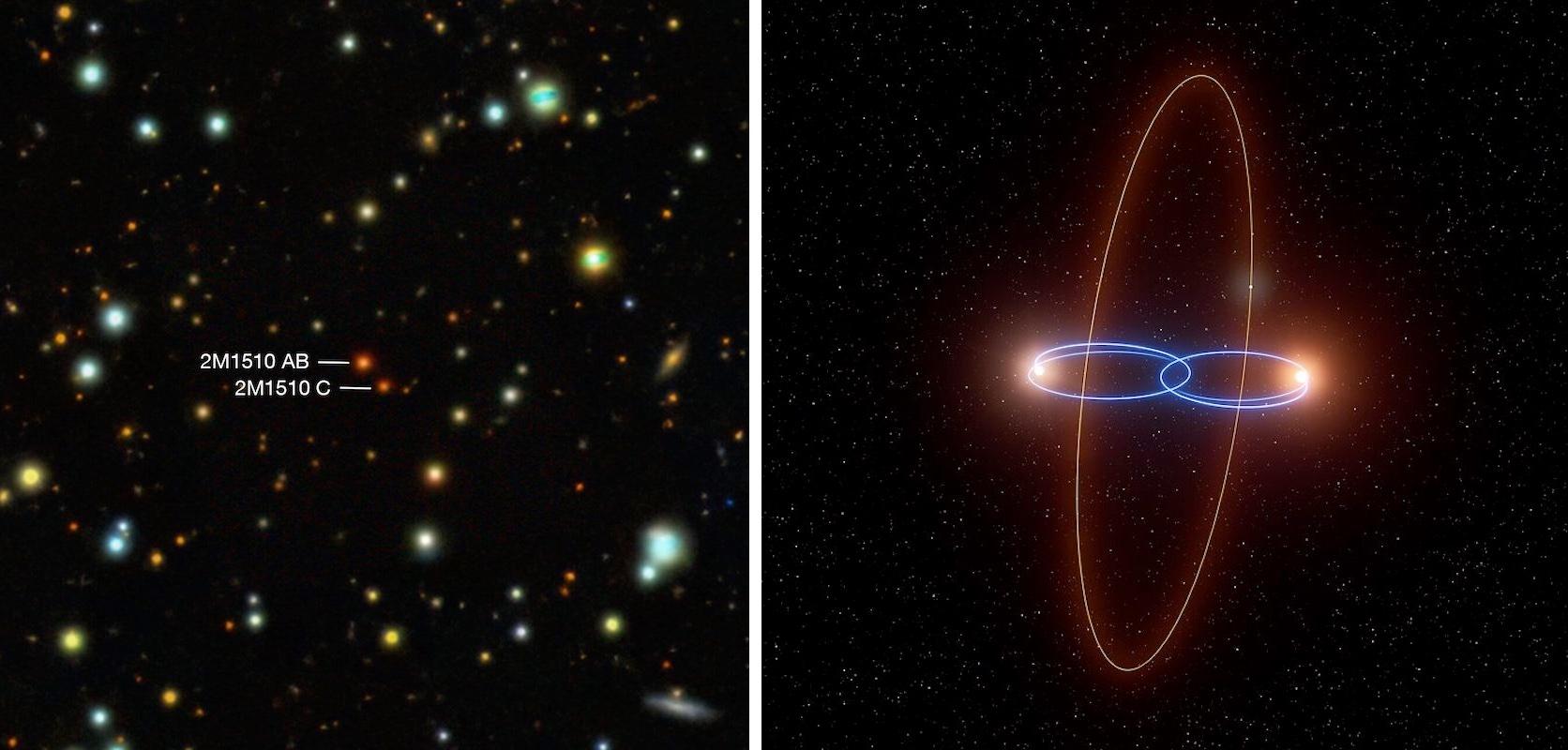Content Warning
General relativity, also known as the general theory of relativity, and as Einstein's theory of gravity, is the geometric theory of gravitation published by Albert Einstein in 1915 and is the current description of gravitation in modern physics. General relativity generalizes special relativity and refines Newton's law of universal gravitation, providing a unified description of gravity as a geometric property of space and time, or four-dimensional spacetime. In particular, the curvature of spacetime is directly related to the energy and momentum of whatever is present, including matter and radiation. The relation is specified by the Einstein field equations, a system of second-order partial differential equations.
Newton's law of universal gravitation, which describes classical gravity, can be seen as a prediction of general relativity for the almost flat spacetime geometry around stationary mass distributions. Some predictions of general relativity, however, are beyond Newton's law of universal gravitation in classical physics. These predictions concern the passage of time, the geometry of space, the motion of bodies in free fall, and the propagation of light, and include gravitational time dilation, gravitational lensing, the gravitational redshift of light, the Shapiro time delay and singularities/black holes. So far, all tests of general relativity have been shown to be in agreement with the theory. The time-dependent solutions of general relativity enable us to talk about the history of the universe and have provided the modern framework for cosmology, thus leading to the discovery of the Big Bang and cosmic microwave background radiation. ..
>> https://en.wikipedia.org/wiki/General_relativity
* relatively related:
https://en.wikipedia.org/wiki/Kerr_metric
https://en.wikipedia.org/wiki/Penrose_process
https://physicsopenlab.org/2017/09/07/spectral-lines-broadening/
* Credits: Wikimedia Commons




![XKCD comic #3083 "Jupiter Core"
Transcript & explanation by ExplainXKCD https://www.explainxkcd.com/wiki/index.php/3083:_Jupiter_Core
Transcript:
Current leading theories for what's in the center of Jupiter:
[Variations of Jupiter, except for the last are shown with about 1/8 of the planet chopped off to show the core.]
[Jupiter with liquid material at its core]
Diffuse mix of heavy elements and metallic hydrogen
[Jupiter with a rocky core]
Rocky core with metallic, hydrogen mantle
[Jupiter with a pile of coins for a core, with multiple dollar signs shown]
Valuable treasure
[Jupiter with Earth for a core]
Emergency backup Earth
[Hollow Jupiter with a rocky planet in the middle]
Regular planet pretending to be a gas giant to avoid attention
[Jupiter with a smooth ball for a core]
Hard ball from avocado
[Jupiter with a small version of Jupiter for a core]
Baby Jupiter, still gestating
[Jupiter as a flat circle, with nothing chopped off]
No core; flat Earth conspiracists are wrong about Earth but right about Jupiter
title text: Juno mission data suggests that Jupiter actually contains Matryoshka doll-style nested copies of every other planet in the Solar System.
explanation (truncated to fit alt text):
Jupiter is the largest planet in the Solar System, the fifth planet from the Sun, and the closest-in gas giant. The core of the planet is hidden by an enormous gaseous atmosphere, and this comic lists a number of theories about the structure of that core. [...]](https://cdn.masto.host/spaceyspace/media_attachments/files/114/428/096/179/831/980/original/761b33344dc76902.png)






![Images of 73 protoplanetary discs in the Lupus star forming region (two of the images contain binary stars). Only a fraction of the discs extend beyond the orbit of Neptune, when compared to our own Solar System. Most of the observed discs are small and show no structures like gaps and rings. (c) Guerra-Alvarado et al. (c) Guerra-Alvarado et al. [high resolution]](https://files.mastodon.social/media_attachments/files/114/235/056/994/292/416/original/17627b7e9efc1a43.jpg)